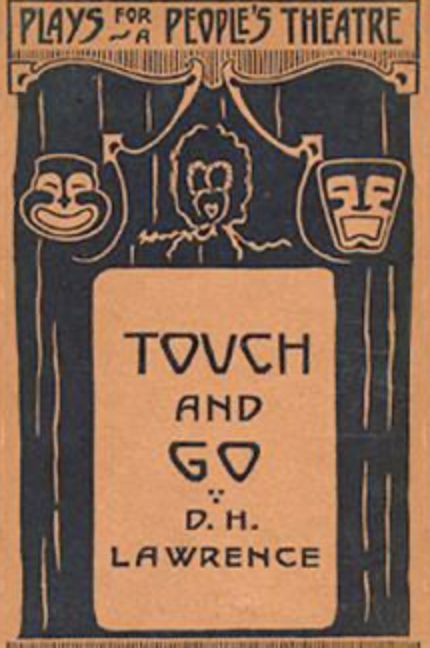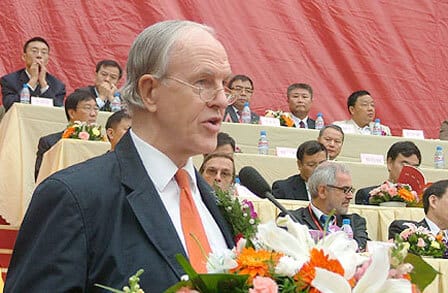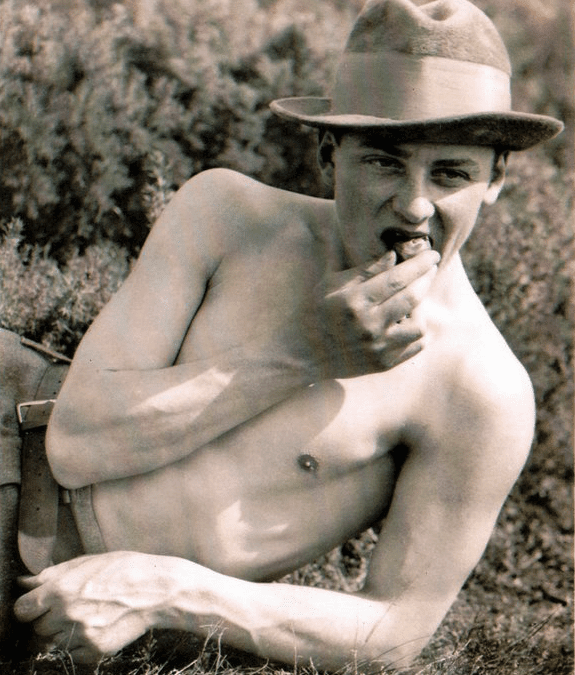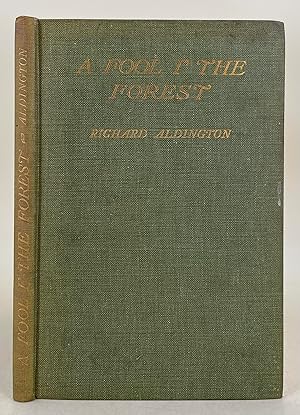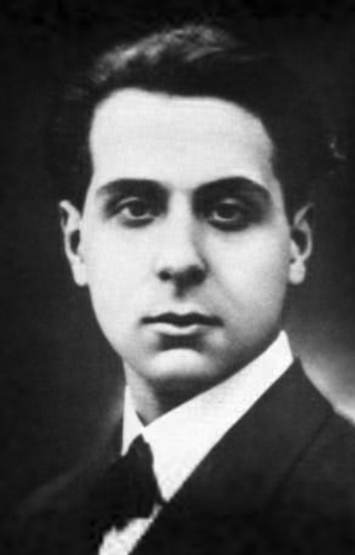Report of the Fifteenth Meeting of the London D. H. Lawrence Group
A Group Reading of Touch and Go
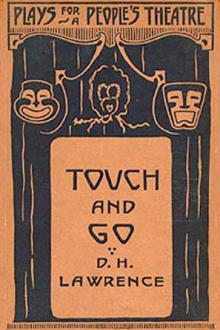
Thursday 29th April 2021
By Zoom
6.30 pm BST – several hours later
ATTENDERS
Eighteen people attended, including, outside of England, Shirley Bricout in Britanny, Fiona Fleming in Paris, Simonetta de Filippis in Italy, Keith Cushman in the States, Kathleen Vella in Cyprus, and James Morgan in Wales.
INTRODUCTION
Touch and Go is the last of Lawrence’s mining plays, written in 1918, a full five years after The Daughter-in-Law. It indicates Lawrence’s attitudes towards industrial conflict, whilst also developing in a different way some of the emotional problematics found in Women in Love.
Hans-Wilhelm Schwartz and John Worthen, in their introduction to The Cambridge Edition of the Plays of D. H. Lawrence, provide contextual information which can be summarised as follows.
Towards the end of the War Lawrence was short of money, The Rainbow having been suppressed in 1915, and Women in Love having failed to get a publisher. To cut costs, in May 1918 Lawrence and Frieda went to live in Mountain Cottage in Derbyshire, where they stayed until April 1919.
As a result Lawrence reconnected with his home region of Eastwood (having spent much of the war in London or Cornwall), and became sharply aware of the industrial disputes there, which intensified still further after the end of the War. He rekindled his friendship with Willie Hopkin, an Eastwood socialist involved in the Independent Labour Party, and became aware of Joseph Birkin, a leader in the Nottinghamshire Miners’ Association. He started writing Touch and Go in October 1918 on a visit to Berkshire, and completed it fast. The character of Willie Houghton is based on Willie Hopkin. Job Arthur Free is based on Joseph Birkin. The Barlows are based on the Eastwood mine-owning family the Barbers.
Since Women in Love was not yet published – indeed, Lawrence was still revising proofs – he also apparently felt free to recycle some of his characters from that novel, and to think through their problems in different ways. Rupert Birkin becomes Oliver Turton; Gerald Crich becomes Gerald Barlow; Winifred Crich becomes Winifred Barlow, the Crich parents become the Barlow parents, and Gudrun Brangwen becomes Anabel Wrath.
Lawrence was proud of his play and very much wanted it to get into print and on stage, considering it as offering a solution to industrial strife. Yet, despite requesting help from numerous friends, it was eventually only through Douglas Goldring – a socialist writer and journalist – that he got it into print, in May 1920, in the United States (half a year before the publication of Women in Love, also in America). There it was the second play in the series ‘Plays for a People’s Theatre’ that was connected to Goldring’s ‘People’s Theatre Society’, which existed to put on revolutionary plays. Lawrence’s Preface, on the status of tragedy in industrial disputes, had been written on the assumption that Touch and Go was to appear first in the series.
Unsurprisingly, given the play’s attitude towards industrial action, the Theatre Society did not see fit to stage it; the Royal Court Theatre thought it unstageable; and it received its (amateur) world premiere only in 1979 (in Oxford). Its 1920 publication was met with mixed reviews in both the UK and US, though some reviewers praised the play for its balance.
James Moran, in his 2015 The Theatre of D.H. Lawrence: Dramatic Monologue and Theatrical Innovator, points out the extent to which the play, in its condemnation of violence, represents revulsion from the War, which was within a month of its conclusion at the time of writing. He notes that the opening and closing public meeting scenes (in contrast to the almost-exclusively indoor settings of Lawrence’s previous plays) take place in front of a ‘stumpy memorial obelisk’, such as stood before the Sun Inn in Eastwood. However, miners’ strikes, such as that of 1912 alluded to in the play (as also in The Daughter-in-Law), could themselves be violent, as Touch and Go demonstrates.
Discussion of the play at the April 2021 Paris Nanterre Conference ‘D. H. Lawrence and the People’
Michael Bell argued that ‘The relative weakness of Touch and Go lies in its attempt to take on the social theme as such while his focus on the individual, in the imaginative context of the play, remains two-dimensional. There are hints that Lawrence would wish Gerald Barlow to take on the tragic status that he arguably achieves with Gerald Crich. His presentation of the mob is equally external in the play although elsewhere he gives it a different significance.’ Simonetta de Filippis, however, argued that this play exhibited the most even balance between the private and the political of all of Lawrence’s plays. She argued that the writing of Touch and Go indicates a greater political awareness in Lawrwence – partly determined by the social turmoils within and outside Great Britain (the awakening of the workers’ movement, the October Revolution in Russia, the strengthening of the Fascist Party in Italy) – and also a turn towards a different kind of theatre, from the naturalist pattern of the previous plays towards an epic form of drama, partly influenced by the emergence of the German Expressionist movement with its criticism of industrial society and its vision of art and life as a form of creative activity in the struggle for the regeneration of the spirit. The play, however, reveals a fundamental ideological ambiguity on Lawrence’s part regarding the struggle of Labour vs Capital, as he does not support one contender against the other but leaves the ending unresolved and places himself above parties. His political position is therefore difficult to define as he interprets social problems through a personal (and therefore idealistic) perspective and expresses himself on a philosophical and poetical level.
Keith Cushman thought that in the play Lawrence ‘shook the kaleidoscope’ of characters and situations from Women in Love, but produced a play that was indeed inappropriate for a People’s Theatre, even whilst it struggled sincerely with the industrial problems of the age. He points out that after Touch and Go there was to be a renewed focus on utopian exploration in Lawrence’s fiction and, as Aaron’s Rod shows, that had implications for the forms and styles he adopted. Keith’s paper focused on Lawrence’s connection with Douglas Goldring, and compared Touch and Go with the latter’s The Fight for Freedom, their respective authorial prefaces providing a contrast between two different conceptions of what a people’s theatre might be. The Fight for Freedom, though now largely forgotten (and never staged in the UK or US), was in its own time translated into Hungarian in 1919. Its time was one of revolutions across Europe.
Goldring was subeditor at the English Review under Ford Madox Hueffer. After being invalided out of WWI he became a conscientious objector and radical socialist, writing numerous poems, novels, and travel books. He promoted Lawrence in several ways, including connecting him with his American publisher Thomas Selzer and English literary agent Curtis Brown. There are fifteen extant letters from Lawrence to him. Cushman points out that in Nehls’s biography of Lawrence we can find Goldring’s thoughts on Lawrence in vol.1 493-6 and vol. 2 236-8.
THE READING
We established an order amongst those who wished to read. Every time a new character appeared within a scene, the next person according to that order would take that part for the rest of the scene. It worked, more or less, and meant that the casting was wholly fortuitous.
DISCUSSION AFTER THE READING
Some felt that the play would have been improved by being considerably cut. John Worthen agreed but still thought it eminently stageable; cars could be brought on and off stage in 1919, and some stages were built to accommodate precisely such props. It does indeed seem strange that, despite the huge success of Lawrence’s colliery ‘trilogy’ of plays in the 1960s at the Royal Court Theatre, Touch and Go was not touched. Arguably it was out of kilter with the radical politics of that time as of his own. Perhaps that would be less the case now.
With regard to the love story, James Morgan was uninterested and unconvinced (he found the best scene the one in which Gerald’s mother attacks him). Simonetta argued that any staging would give more sense of a trajectory to the relationship of Gerald than Anabel than can be inferred from the page; nonetheless, she found the romantic aspect under-developed (for example, it is odd when it suddenly appears that the couple have got married). Catherine found Anabel a highly sympathetic portrayal of the sensitivities and complexes of a woman who has run off with a man, made a hash of things, run off with another man who has died, and who is now returning to the scene of her childhood and to the first man in order to bring some kind of order to her life. She also praised the scene in which Anabel and Gerald sit on the bench, the former all anxiety, impatience for action, and forward drive; the latter magnificently practicing, and attempting to advocate, what today would be called mindfulness.
There was some discussion as to what accents Oliver, Gerald and Anabel should have. Catherine and John Worthen thought they should be native to the Eastwood area, perhaps a milder version of those of the miners. Others, including James Morgan, thought that they would have lost these accents through their schooling and other experiences (as he, James, had lost his own at school). Simonetta wasn’t sure of the relevance of accents; their importance in English society, in Lawrence’s time and now, was adduced.
Shirley Bricout picked up on the discussion of vermin in 3.1: ‘I know quite well what I mean by vermin, Job Arthur. But what do you mean? Vermin? Explain yourself.’ At the April 2021 Nanterre conference she had presented on ‘Metaphors for the masses: D. H. Lawrence on Stickiness, Insects and Democracy’. There she pointed out the frequency of Lawrence’s use of insect imagery, in particular in application to the ‘masses’ and their ‘stickiness’. In part Lawrence was in rebellion against Walt Whitman, who had spoken positively about the mutual adhesiveness of people; Kangaroo, however, despises the sticky stream of love and of the will to love. Shirley also pointed out that there was considerable interest in entomology at the time, not least for its analogical relationship to humans – that is, it was a post-Darwinian moment of looking to see what humans could understand about human society from insect society (especially ants); 1910 saw the first international congress of entomology in Brussels. Lawrence was familiar with some of this work, and knew Aldous Huxley’s brother Julian, who was a biologist whose work also appeared in The English Review. Arguably, it is with the character of Kangaroo that Lawrence perceives some of the dangerous implications of likening humans to insects (such as we were to see fulfilled during the Second World War), and, in the character of his protagonist Somers, shuns them. This entomological context also sheds new light on Lawrence’s designation of his wife as ‘Queen Bee’!
David Amos pointed out that the play was written at the beginning of the post-war rise in mining strikes which culminated in the General Strike of 1926. He considered that the violence depicted in the play might well have taken place elsewhere, but not at Eastwood, which was relatively non-radical in its industrial action after 1893. Jonathan Long pointed out that the character of Willie does indeed resemble Willie Hopkin, as the latter’s voice may be heard through his articles for the Eastwood and Kimberley Advertiser; Lawrence sent Willie a copy of the play which may be found in Eastwood Library. Trevor Norris observed that the play made it clear how physically close the miners and mine owners used to live to each other. He contrasted this to the oil economy to which we have since moved, where far fewer workers are needed, and they are far removed from wider society.
Oliver (the Birkin-like character) articulates a compromise position:
OLIVER: [W]hy can’t we have the decency to agree simply about money, just agree to dispose of it so that all men could live their own lives.
JOB ARTHUR: That’s what we want to do. But the others, such as Gerald Barlow, they keep the money—and the power—
OLIVER: You see, if you wanted to arrange things so that money flowed more naturally, so that it flowed naturally to every man, according to his needs, I think we could all soon agree. But you don’t. What you want is to take it away from one set and give it another or— or keep it yourselves.
JOB ARTHUR: We want every man to have his proper share.
OLIVER: I’m sure I do. I want every man to be able to live and be free. But we shall never manage it by fighting over the money.—If you want what is natural and good, I’m sure the owners would soon agree with you. (Plays 430)
The phrase ‘according to his needs’ brings to mind Marx’s ‘From each according to his ability, to each according to his needs’ from the ‘Critique of the Gotha Programme’ of 1875. None of us found Oliver’s last point convincing. Nonetheless, Trevor argued that the play’s inveighing against bullying of all kinds was both striking and relevant.
